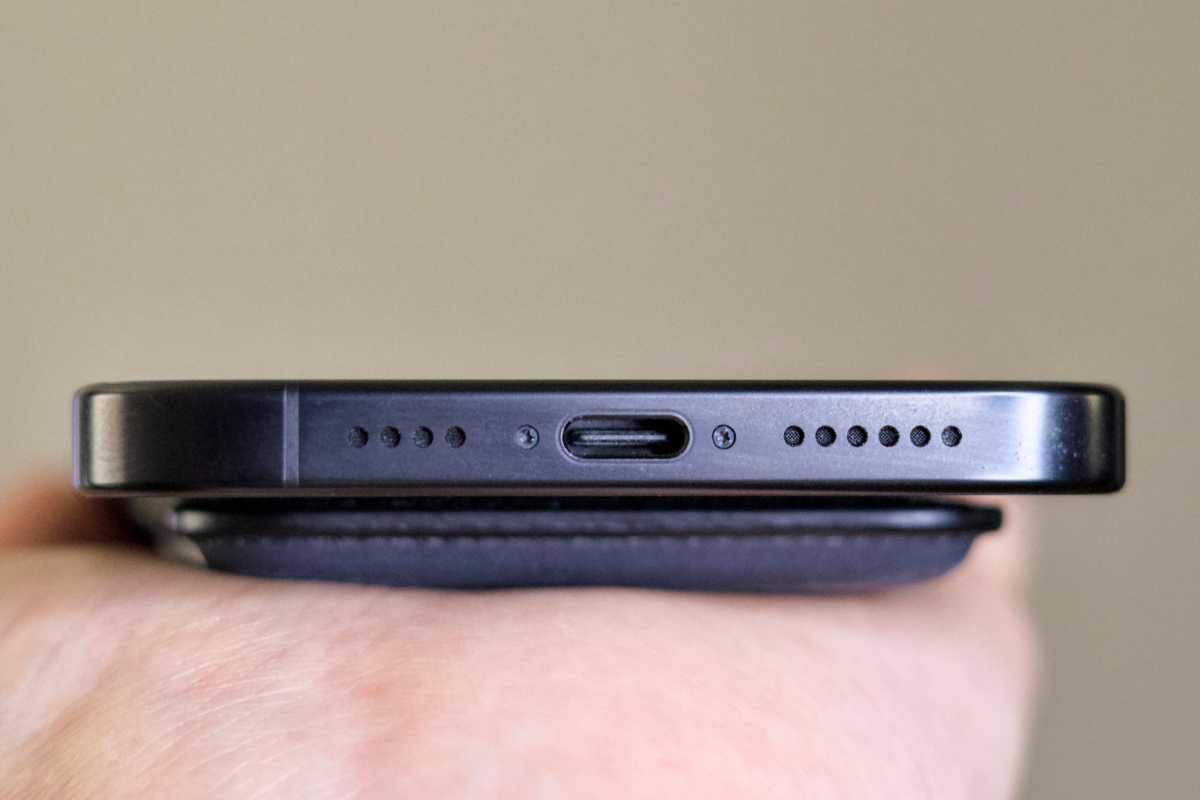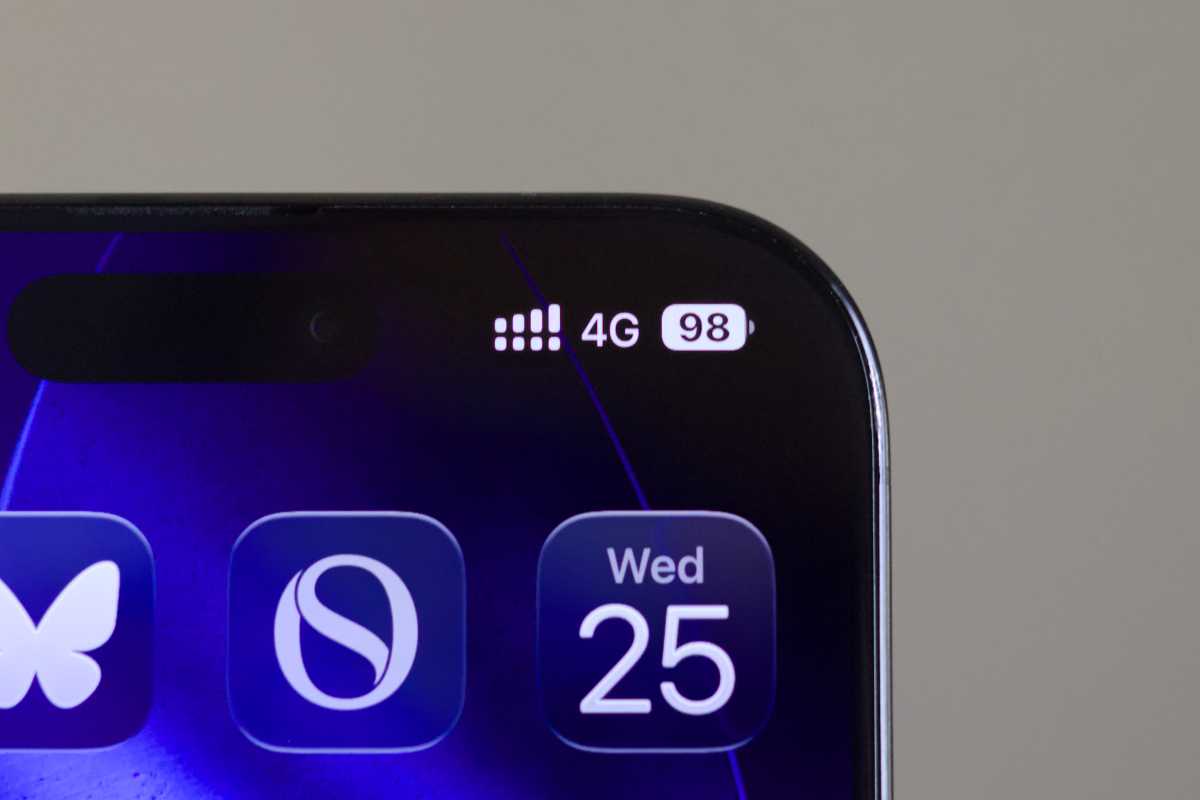Details:
“I grew up 100 yards from the satellite company,” Efimov recalls. “I played right next to it. Many of my friends were the sons and daughters of engineers. With such a high concentration of scientists and engineers, we got a very
good education.”
Efimov’s team has devised a revolutionary, painless, implantable defibrillator and expects to move to a feasibility study with human patients within a year. They’ve founded a company named CardiaLen to develop it, and have enlisted investors from St. Louis, Chicago and Minnesota.
By Betsey Rodgers, Engineering Momentum Magazine
When Winston Churchill made his famous Iron Curtain Speech in 1946, his words reached around the globe. Their ripple effect encompassed countless people — including Igor Efimov, PhD, the Lucy & Stanley Lopata Distinguished Professor of Biomedical Engineering.
Efimov was not yet born, but in response to Churchill “Stalin immediately made two decisions that had a major impact on my personal life,” he says. The first was to establish a network of high-technology centers to research and produce sophisticated armaments. “My hometown was one of them,” Efimov explains. The city’s factories produced spy satellites and plutonium for nuclear warheads.
“I grew up 100 yards from the satellite company,” Efimov recalls. “I played right next to it. Many of my friends were the sons and daughters of engineers. With such a high concentration of scientists and engineers, we got a very
good education.”
Stalin’s second decision established the Moscow Institute of Physics and Technology. This university, under the leadership of the brilliant physicist Peter Kapitsa, transformed Russian scientific education and remains Russia’s pre-eminent technological institute. Efimov studied nuclear physics as an undergraduate, then turned to biophysics, doing computer modeling of heart arrhythmia at the Institute of Biophysics, Puschino near Moscow, where he completed his doctorate.
When he defended his dissertation, the Soviet Union had just collapsed, and suddenly it was possible for scientists to emigrate. He went to the University of Pittsburgh for a two-year postdoctoral fellowship and on to the Cleveland Clinic, long renowned for heart research and treatment. Then he moved to Case Western Reserve University, and in 2004 he came to Washington University.
From the time he began his graduate studies, Efimov has focused on electrical malfunctions of the heart, and in a world where 15 million patients suffer from cardiac arrhythmia, his work could make a dramatic difference.
Efimov is advancing two potentially powerful new therapies to treat patients with cardiac arrhythmia, in particular with atrial fibrillation. The first is a painless implantable defibrillator, now in testing, and the second is essentially a biological pacemaker that would use tissue engineering to replace the heart’s own electrical generator.
This generator is the sinoatrial node, a tiny biological mechanism in the right atrium, where a biochemical reaction triggers an electrical impulse, which propagates through the heart and causes it to contract. “Every heartbeat you have from conception to death is preceded by an electrical impulse,” Efimov observes. As long as this node does its job and the impulse propagates precisely, all is well. But a variety of factors — fibrosis, genetic predisposition, even infections — can cause changes in the heart muscle, disrupt the impulse and produce arrhythmia.
“Arrhythmia,” says Efimov, “kills about 400,000 people a year in the U.S.” And that number is expected to grow as people live longer.
Among forms of arrhythmia, tachycardia or rapid heartbeat is the most dangerous. Ventricular fibrillation, or disorganized rapid contractions of the ventricles, is particularly deadly “because,” Efimov explains, “basically there is no pump and the brain will be deprived of oxygen.” Fibrillation in the atria is very common, afflicting up to 5 million patients in the United States alone. Though not lethal, it increases stroke risk and in some produces debilitating side effects.
Drug therapy has proven ineffective and even dangerous. In his dissertation research, Efimov used computer simulations to investigate drug efficacy and found, unexpectedly, “that some drugs which are routinely used in fact increase chances of arrhythmia; at the time,” he adds, “it was not commonly accepted wisdom.” Ablation, in which an electrophysiologist cauterizes malfunctioning areas in the heart, is effective — but the procedure can take a full day, and there are only some 500 electrophysiologists in the country, far too few to treat millions of patients.
An artificial, implantable defibrillator can work, but like external defibrillators used with ventricular fibrillation it produces a powerful electrical shock. “In ventricular fibrillation,” Efimov points out, “the person passes out, so this extremely painful shock will not affect him. But in atrial fibrillation the patient is conscious, so even if you apply a relatively mild shock, it is still so painful” that patients refuse it.
Efimov’s team has devised a revolutionary, painless, implantable defibrillator and expects to move to a feasibility study with human patients within a year. They’ve founded a company named CardiaLen to develop it, and have enlisted investors from St. Louis, Chicago and Minnesota.
“The potential market is gigantic,” Efimov says. “Worldwide, there are probably 15 million patients. If we succeed, it could be an important contribution.”
Ralph Quatrano, PhD, Dean of the School of Engineering & Applied Science, is enthusiastic about Efimov’s work.
“Igor is a very special faculty member,” Quatrano notes, “who can couple strong research funded by peer review funding agencies with an excellent entrepreneurial sense that has led to a startup with a potential for commercialization. Very few faculty members can combine traits as effectively as Igor.”
Efimov and his team are advancing on another front, to engineer tissue to produce a biological substitute for malfunctioning sinoatrial nodes. “It might be 20 or 30 years from now,” he acknowledges. “The whole structure needs to be redone, a reconstruction of the whole sinus node and a bridge of tissue connecting to the atrium.”
Efimov has a secondary appointment in radiology and in cell biology and physiology at the School of Medicine, and his lab melds students from both schools. The interdisciplinary approach is indispensable, he believes, and in fact he is leading a new university-wide PhD program in medical imaging for chemistry, biology, engineering and medical students. “This is a unique program; it doesn’t exist anywhere else,” he says.
Medical school colleagues prize his gifts. “Igor is great to work with,” says Richard B. Schuessler, PhD, research professor of surgery and biomedical engineering and Cardiothoracic Surgery Research Laboratory director. “He is an incredibly creative scientist. He is very productive and has the ability to get things done.”
Among the places where he gets things done is his homeland. He and several colleagues have established the Russian-Speaking Academic Science Association and are taking up the slack in funding-starved Russian science, sponsoring
exchanges and bringing world-renowned scientists to Russia to establish laboratories.
exchanges and bringing world-renowned scientists to Russia to establish laboratories.
“In Russia, I was given this education for free,” he notes. “I’m most grateful to those professors. They really worked just for us. Science education is falling apart in Russia, but the students are still as talented. We want to help them.”
Science runs in his family: his wife, Tatiana Efimova, PhD, is a molecular biologist and assistant professor of dermatology at the medical school. Daughter Maria is completing a premed program at the University. Then there’s Andrew, 14. “He’s the only one of us born in the United States,” Efimov says. “That’s good, because he wants to be president.”
Abstract:
An international leader in cardiac arrhythmia research, Professor Igor Efimov’s work to create an implantable defibrillator could extend life for millions of patients with irregular heartbeats.
ImageUrl: http://admin.seas.wustl.edu/ContentImages/newsphotos/Efimov_lab_news_article_72.jpg
DateAdded: 5/24/2011



![Robert Priest - People Like You and Me (2024) [Hi-Res]](http://www.dibpic.com/uploads/posts/2025-07/1751805912_lhttl01vuwv8a_600.jpg)








